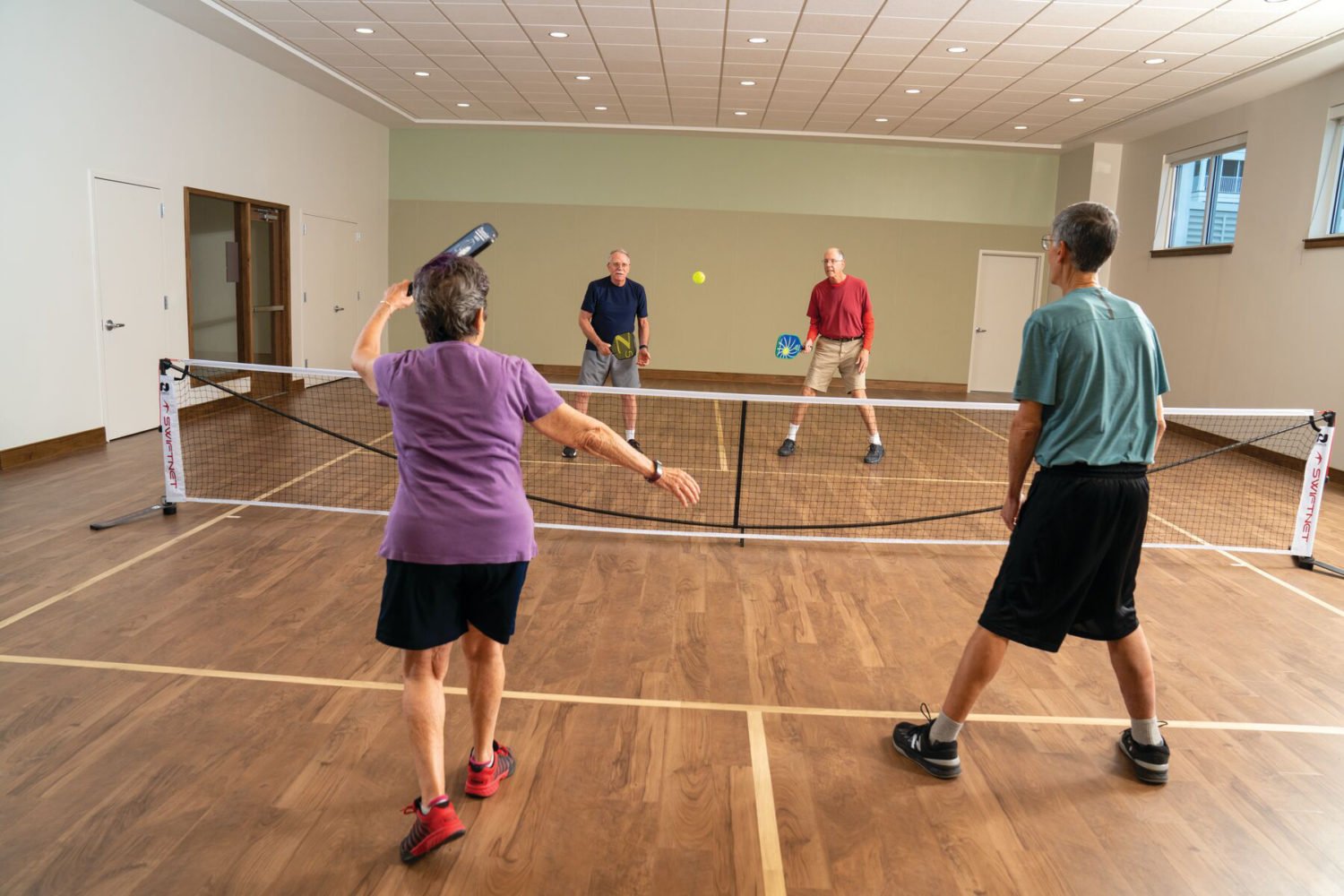The Experts
Scott Smith, editor of DCSki.com, and James Chen, a DCSKi.com columnist and member of the National Ski Patrol.
The Injuries
In alpine skiing, lower-limb injuries—especially knee sprains—are the most common. Snowboarders face upper-body and wrist injuries.
Common Mistakes
Upper-body injuries, such as broken wrists, are often caused by the instinct to put one’s arms forward or backward when falling. For skiers, knee sprains occur when the ligaments are overworked, which results in stretching and tearing. Another culprit: the “twisting fall,” when the skier’s leg goes in one direction and the rest of the body in the opposite.
Of course, many mountainside injuries are the result of collisions with skiers or other objects, and sometimes it’s as simple as a slippery parking lot. “Skiing or snowboarding beyond your ability level greatly increases the chance of injury,” says Smith.
“Your ability level can decrease with fatigue, so be sure to listen to your body.”
How to Prevent Injury
First off, says Chen, “opening day is the not the time to engage in all-out exercise after eight months of inactivity.” He says to properly stretch—moves like lunges and sumo squats are good—before hitting the slopes, and be sure to check your equipment each season to make sure it’s still in good shape. Also, remember to wear protective gear, such as wrist guards and helmets. “Despite over 30 years of skiing, including intense National Ski Patrol guided training, I wear a helmet every time I go out, whether on duty or for recreation,” he says. Good helmets are lightweight and help keep your head warm.
When that inevitable fall occurs, don’t fight it by trying to catch yourself. After you fall, take a minute or two before getting up to make sure you’re okay.
How to Bounce Back
For simple sprains, Chen recommends RICE: rest, ice, compression, elevation. And as with any injury, it’s important to take sufficient time to heal and not jump back onto the chairlift too soon—that could result in a more-serious problem down the line.
Subscribe to Washingtonian More >> Health | Top Doctors | Well+Being Blog
Follow Well+Being on Twitter












